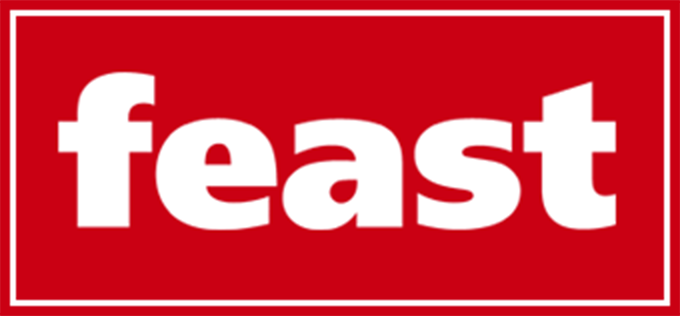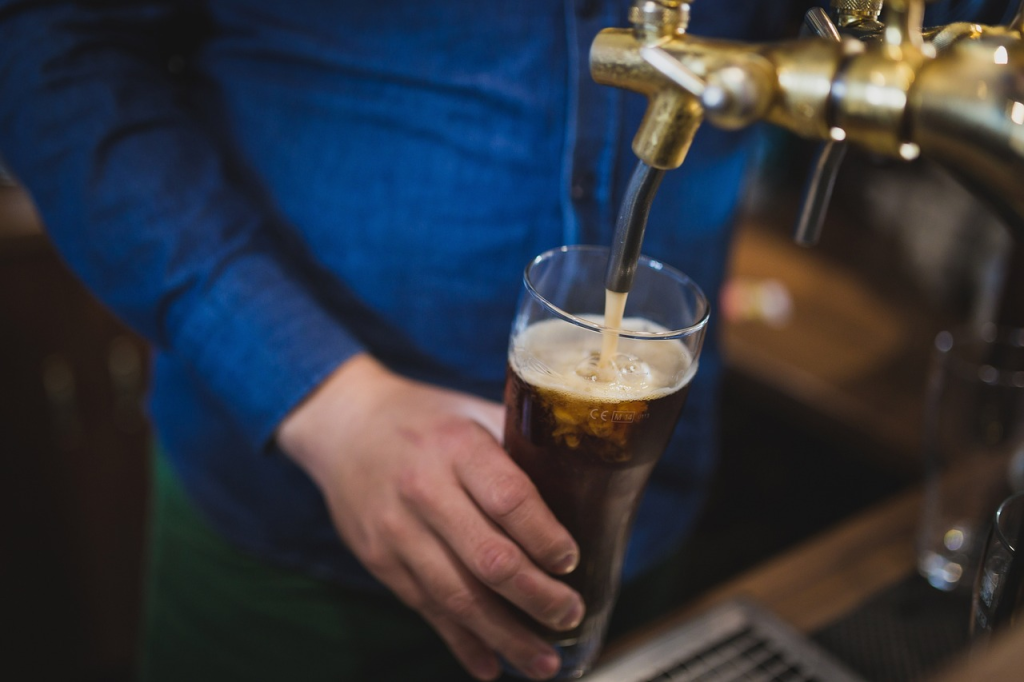Running a taproom takes more than great beer and friendly service. Profitability depends on understanding the numbers behind every pour, every shift, and every customer. Without tracking key financial metrics, even a busy taproom can struggle to stay afloat.
Numbers reveal patterns that gut instinct cannot. They show where costs rise quietly or where revenue opportunities hide in plain sight. Once you start measuring, you gain the clarity needed to make smart decisions daily.
Here are five essential money metrics that every taproom should track to maintain efficiency and profitability.
Prime Cost
Prime cost measures the total of labor and cost of goods sold (COGS). It reflects how much of your revenue goes directly into production and service.
For a healthy taproom, prime cost should stay around 55% to 60% of sales. Higher percentages indicate inefficiencies, either in staffing or ingredient costs.
Regularly monitoring this figure helps you see when adjustments are necessary. By addressing inefficiencies early, you maintain profitability without compromising product quality or guest experience.
COGS per Pint
COGS per pint shows how much each glass of beer costs to produce. This includes ingredients, packaging, and any related overhead.
A small difference per pint can add up quickly across hundreds of sales. Tracking this helps identify which beers generate strong margins and which may need recipe or pricing adjustments.
Understanding this metric also informs your pricing strategy. A consistent review ensures each pour contributes to your bottom line while keeping customers satisfied with fair prices.
Draft vs Package Mix
Revenue balance between draft beer and packaged products tells a story about customer behavior. Draft often offers higher margins, while cans and bottles expand your brand beyond the bar.
If you keep an eye on this mix, you can align production with demand. In case package sales rise, inventory planning and marketing must adjust accordingly.
Balanced growth between the two formats ensures steady cash flow while strengthening brand visibility. A smart ratio also protects profitability during slower taproom seasons.
Keg Yield and Loss
Every ounce wasted affects profits. Monitoring keg yield shows how much product is actually sold compared to what was brewed or purchased.
Loss can occur through spillage, foaming, or inconsistent pours. Identifying where waste happens helps staff improve handling and reduces hidden costs.
Small improvements in yield can create significant gains over time. Consistent monitoring and training encourage accountability and protect margins.
Labor Percent of Sales
Labor costs are among the most controllable expenses in a taproom. Labor percent of sales compares payroll to total revenue, revealing staffing efficiency.
Overstaffing cuts into profits, while understaffing affects service and customer experience. The key is finding balance, scheduling strategically for peak and off-peak hours.
Consistent tracking enables managers to accurately predict busy periods and make adjustments before costs spiral out of control. A well-planned schedule keeps employees productive and customers satisfied.
Tools and Resources for Tracking Metrics
Reliable tools simplify tracking your taproom’s key performance indicators. Accounting platforms, point-of-sale systems, and inventory management software provide real-time data that can uncover trends before they become problems.
Many owners also use data visualization tools to quickly interpret reports. Learning to read trends and charts helps you make informed decisions about pricing, labor, and inventory adjustments.
For those interested in understanding broader market behavior, exploring forex trading options can introduce useful chart-reading skills. A beginner’s resource on chart basics and market indicators from a trading education page can sharpen your ability to spot financial patterns and apply that same discipline to your taproom’s performance data.
Brewing Profitability into Every Decision
A successful taproom blends passion with precision. Understanding these numbers transforms management from reactive to proactive, keeping creativity grounded in sustainability.
Profit is not just about cutting costs; it is about building consistency. When the numbers make sense, every pint poured reflects both craftsmanship and smart business.



